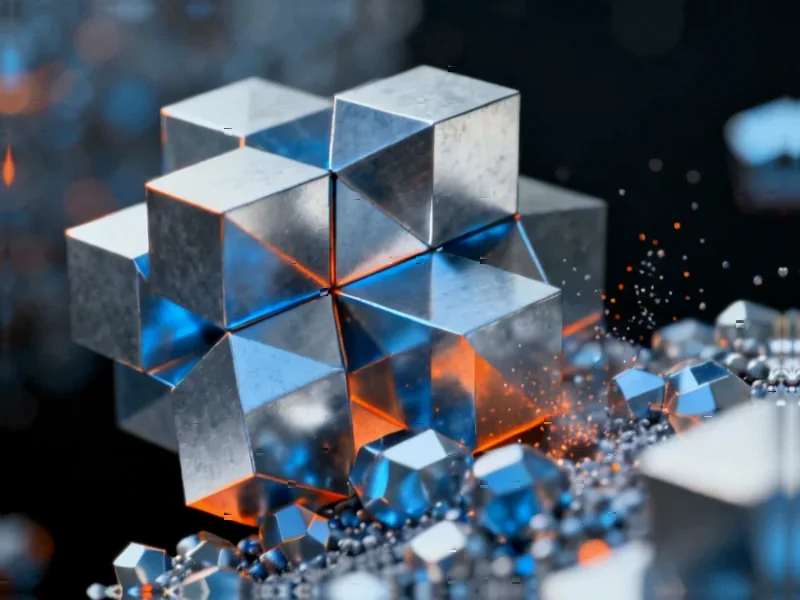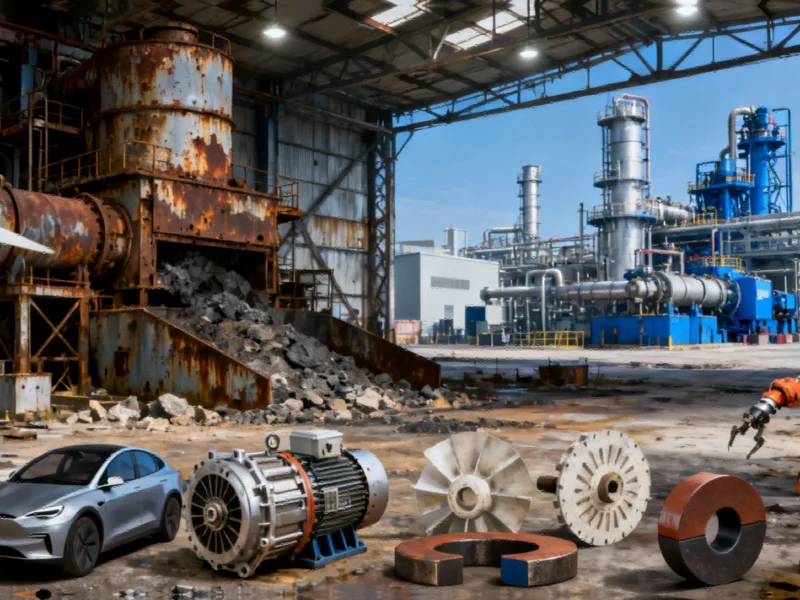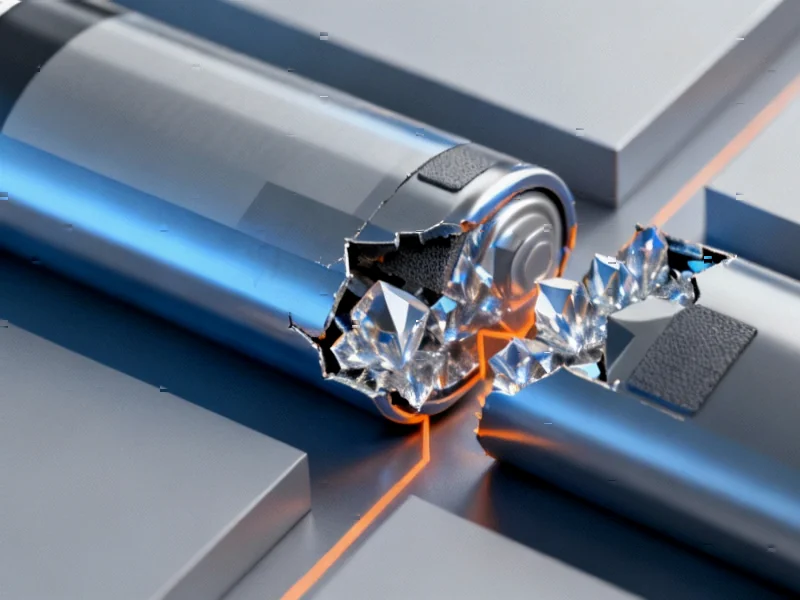Carbon Content Dictates Precipitate Formation
Recent research published in Scientific Reports reveals that carbon concentration plays a decisive role in precipitate formation during the aging process of non-oriented FeSi steel components. According to the study, samples with 0.41% carbon exhibited the highest volume fraction of cementite precipitates, while the 0.05% carbon sample showed negligible precipitate formation below 0.5 volume percent. The report states that increasing carbon content by two times more than doubles the number of precipitates formed during aging.
Table of Contents
Analysts suggest these findings have significant implications for electrical steel manufacturing, where controlled precipitate formation can influence magnetic performance. The 0.41FeSi sample demonstrated precipitate densities of approximately 10 particles per 1000 µm², distributed homogeneously throughout the material structure. In contrast, the 0.18FeSi sample showed dramatically lower precipitate density at just 1.5 particles per 1000 µm², nearly seven times fewer than the high-carbon variant.
Crystal Orientation Impacts Magnetic Properties
The investigation into crystal orientation revealed crucial patterns connecting microstructure to magnetic behavior. Sources indicate that favorable orientation components with <100> direction serve as easy magnetization pathways in non-oriented FeSi steel. The study found the cube texture {100}<100> to be particularly advantageous when aligned within the sheet plane and parallel to the rolling direction.
According to reports, the 0.18FeSi sample exhibited the highest cumulative density of beneficial <100> components before aging, primarily through η-fiber and θ-fiber orientations. After aging, this sample maintained superior <100> component density, though the primary contributor shifted to θ-fiber orientations. The research team noted that components with {111} plane orientation, representing the hard direction for magnetization, showed highest density in the 0.41FeSi sample.
Magnetic Performance Variations
The magnetic characterization uncovered distinct performance differences among the samples. The report states that technical saturation magnetization values reached 1.89 Tesla in the 0.41FeSi sample, 1.86 Tesla in the 0.18FeSi sample, and 1.47 Tesla in the 0.05FeSi sample before aging. Researchers attribute these variations to both chemical composition differences and crystal orientation distributions.
After aging, sources indicate the samples showed interesting shifts in magnetic behavior. The 0.41FeSi sample achieved highest magnetization in the longitudinal direction at 1.81 Tesla, while the 0.18FeSi sample performed best in the transverse direction at 1.76 Tesla. The 0.05FeSi sample consistently demonstrated the lowest magnetization across all directions at 1.52 Tesla.
Aging Process Enhances Magnetic Response
Analysts suggest the aging process may improve magnetic properties through subtle microstructural changes. The report indicates that low-temperature aging could facilitate redistribution of point defects and enhance magnetic domain mobility without altering grain structure. This phenomenon mirrors observations in nanocrystalline FeSiCuNbB alloys, where aging at 240°C slightly enhanced saturation flux density through internal stress relaxation and reduced domain wall pinning.
Researchers found that permeability, calculated from the slope of magnetization curves, was highest in the longitudinal direction across all samples. The 0.18FeSi sample demonstrated superior permeability compared to both the 0.41FeSi and 0.05FeSi variants, suggesting easier magnetization characteristics. These findings provide valuable insights for manufacturers seeking to optimize electrical steel performance through controlled composition and processing parameters.
Further Reading: For those interested in deeper technical background, additional information about cementite and magnetization principles is available through these resources.
Related Articles You May Find Interesting
- Modern Treasury’s $40M Beam Acquisition Signals Fintech’s Strategic Shift Toward
- Modern Treasury Expands Payment Suite with $40M Beam Acquisition to Bridge Tradi
- Top Tech CEOs Share Essential Advice for Aspiring Entrepreneurs and Business Lea
- Wikipedia Traffic Declines as AI Summaries and Social Media Reshape Information
- Browser wars, a hallmark of the late 1990s tech world, are back with a vengeance
References & Further Reading
This article draws from multiple authoritative sources. For more information, please consult:
- http://en.wikipedia.org/wiki/Coercivity
- http://en.wikipedia.org/wiki/Alpha_decay
- http://en.wikipedia.org/wiki/Cementite
- http://en.wikipedia.org/wiki/Grain_size
- http://en.wikipedia.org/wiki/Magnetization
This article aggregates information from publicly available sources. All trademarks and copyrights belong to their respective owners.
Note: Featured image is for illustrative purposes only and does not represent any specific product, service, or entity mentioned in this article.



